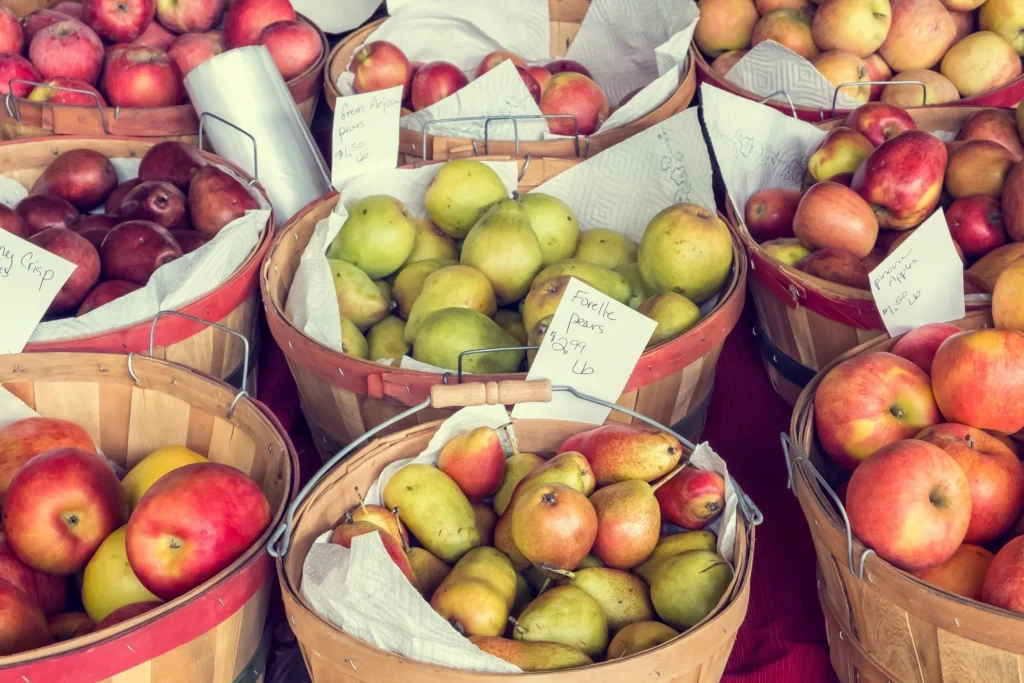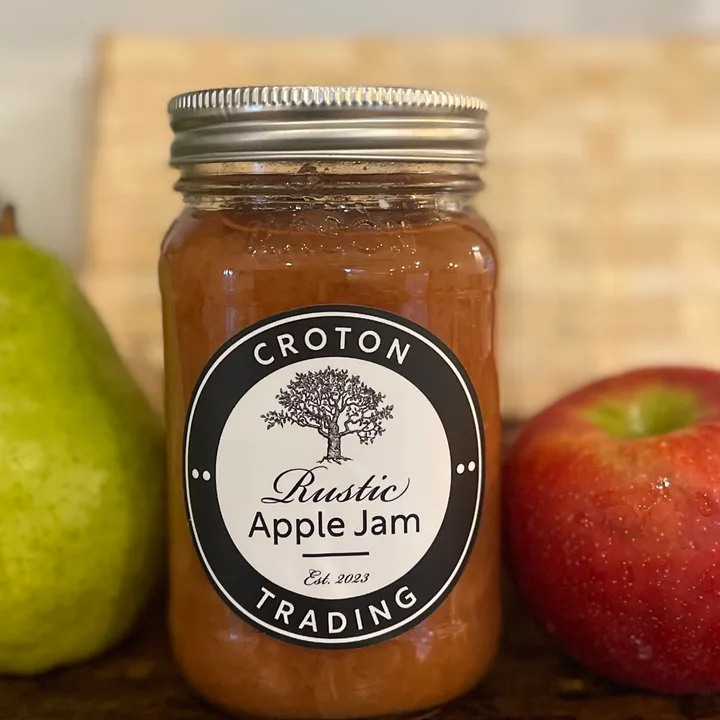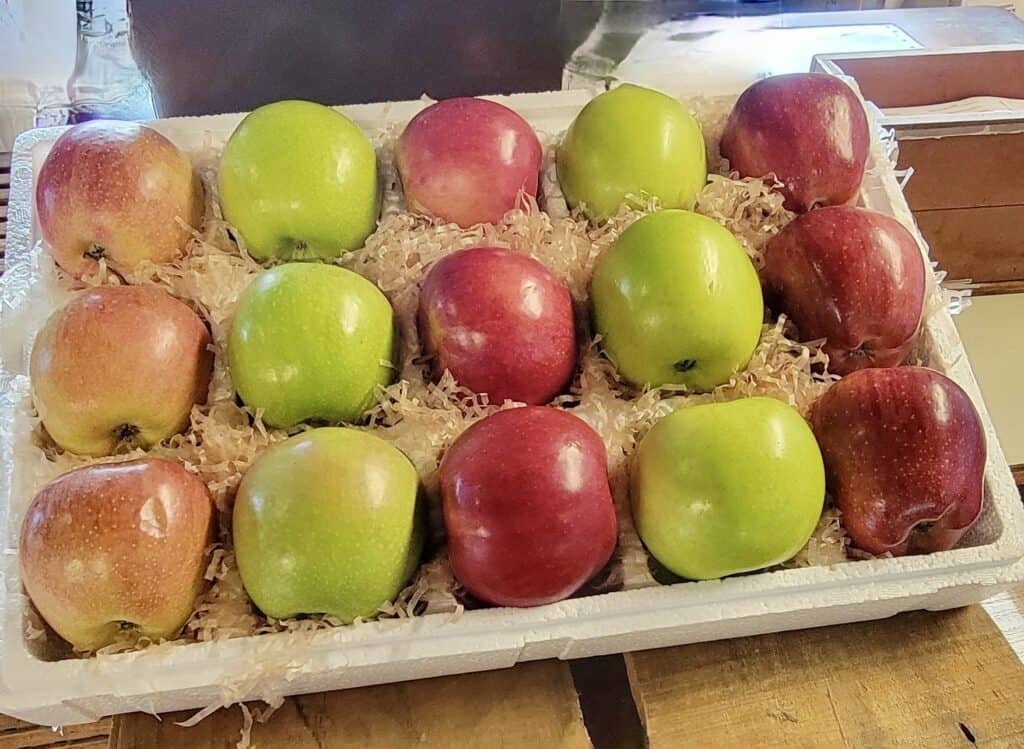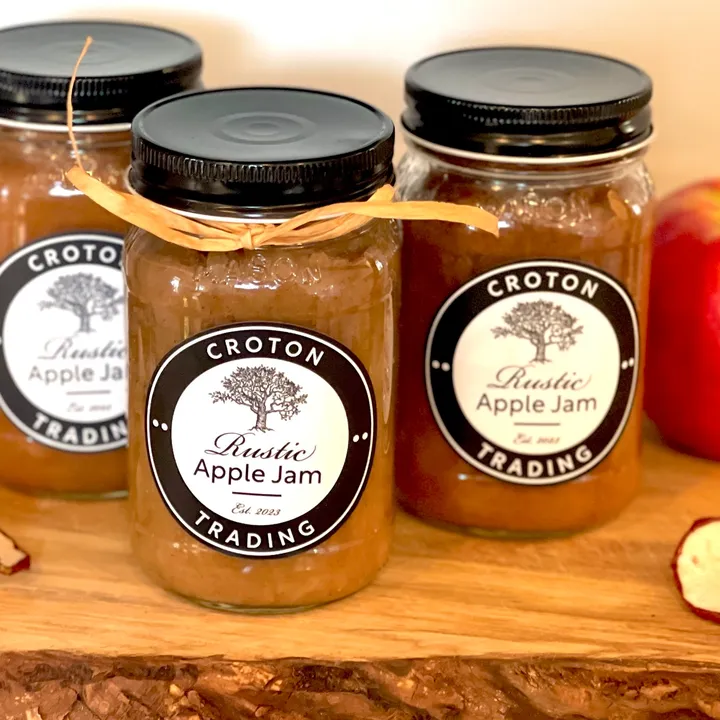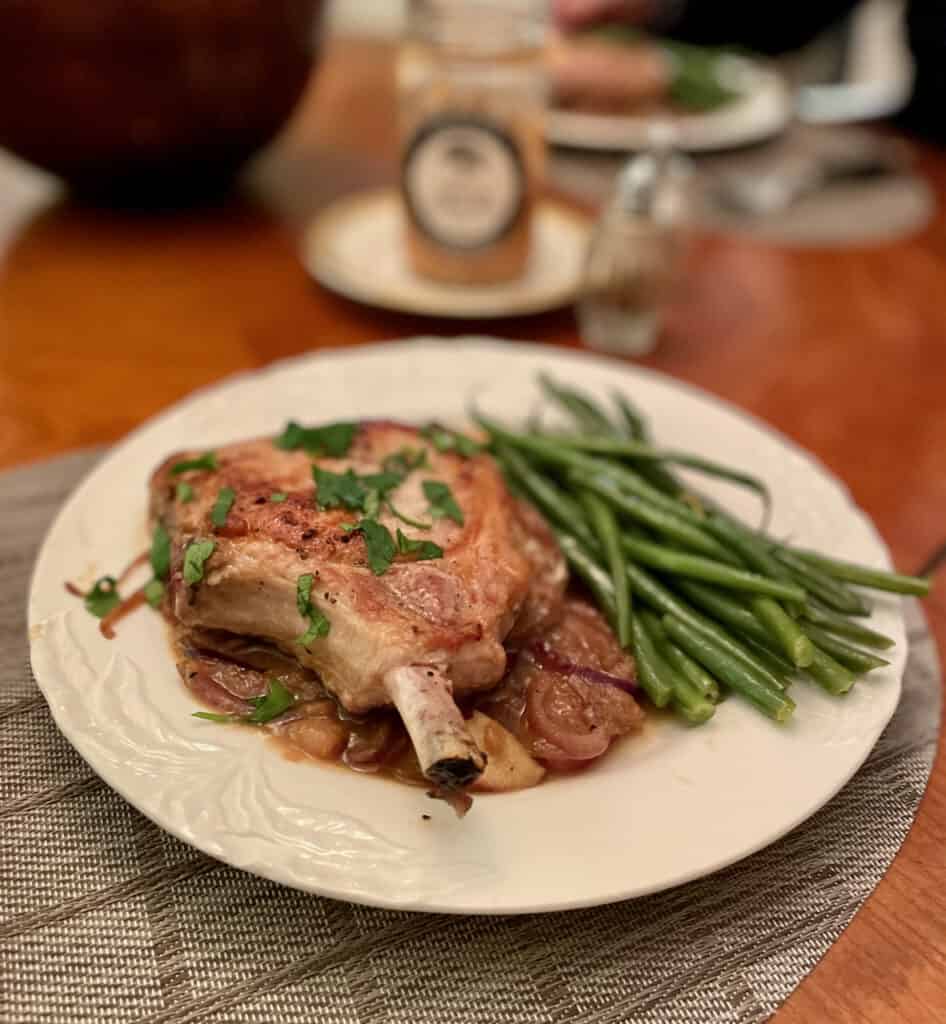spot. It took no time at all to put together. In fact the whole thing took about 30 minutes. The delicious and mildly coconut-flavored shrimp cooked took about 10 minutes and the only time-consuming thing about the Confetti corn was getting it off the cob.
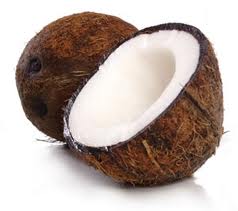 As Andrew said, you either love coconut or loathe it, there isn’t any middle ground. We are in the coconut lovers club and if our wildly popular post for Coconut Shrimp Salad is an indication, we are far from
As Andrew said, you either love coconut or loathe it, there isn’t any middle ground. We are in the coconut lovers club and if our wildly popular post for Coconut Shrimp Salad is an indication, we are far fromalone. I was drawn to this New York Times recipe by its interesting companion piece about the merits of Coconut
Oil. The expression that what comes around goes around certainly applies here. I would swear that at some point Coconut Oil was declared verboten and trashed by the food police as being an artery-clogging
super fat. Turns out I remembered correctly. Fortunately, Melissa Clark, one of our favorite food writers and author of “In the Kitchen with A Good Appetite” (Hyperion 2010), took it upon herself to find out why all of sudden the stuff was the rage at health food stores and why Whole Foods reported a double digit increase in its sales for every one of the past five years.
denouncing yet another food stuff in their quest for a fat-free life. This blog is not about infuriating readers so I’ll leave it to Melissa to tell how this particular folly was created*. I will leave the subject with the following: Turns out Virgin Coconut Oil, which is what Whole Foods
sells and what I used, was never used in the earlier testing. Instead they used partially hydrogenated coconut oil. This oil created heart- stopping trans fats. Virgin Coconut Oil does contain saturated fat which, quoting a scientist Melissa interviewed, “maybe it isn’t so bad for you
after all.” Jeesh, as we say in Canada.
| Taking the corn off the cob horizontally works best |
As to Ina’s corn, here’s a confession: I much prefer corn off the cob than on. It is so much nicer to eat and instead of a simple flavored butter, you can add great taste to this dish as Ina did. This recipe is from “Barefoot Contessa Back to Basics” (Clarkson Potter 2008). The red pepper’s contribution is both in color and texture. The chives add both a subtle onion flavor and color to the dish. Corn off the cob is also much kinder to your teeth. I am a slave to the admonishment not to use your teeth as tools. I think that’s exactly what corn on the cob asks you to do. Do try this recipe and see if you don’t agree, it’s the way to go with this summer’s wonderful corn. In case you missed it when we first reported here: you should keep corn in the coldest part of your refrigerator, shuck it at the last minute and to make life easier, cut in horizontally on a cutting board –not vertically which always seems to send the corn flying everywhere you don’t want it to go. Here are the recipes:
with Coconut Oil, Ginger and Coriander courtesy of the New York Times
5 tablespoons refined coconut oil
12 scallions, white parts thinly sliced; dark green parts sliced and reserved
2 tablespoons finely chopped peeled ginger
skillet over medium heat. Melt the coconut oil in the pan. Add the white
scallion slices, ginger and garlic. Cook, stirring, until fragrant, about 30
seconds. Add the coriander and cook 30 seconds more.
shrimp and salt. Cook, tossing occasionally, until shrimp are opaque, about 2
to 3 minutes. Stir in the green scallion pieces and cook until just wilted, 10
to 15 seconds. Season with lemon juice and black pepper. Serve with lemon
wedges.
adapted from Ina Garten
for 5 minutes, until the onion is soft. Stir in the bell pepper and saute for 2
more minutes.
Add the butter to the pan and allow it to melt. Over medium heat, add the corn, salt, and pepper and cook, stirring occasionally, for 5 to 7 minutes, until the corn just loses its starchiness. Season to taste, gently stir in the chive and serve hot.
article at https://www.nytimes.com/2011/03/02/dining/02Appe.html?_r=1&scp=2&sq=Sauteed{4e4771bbe073b579fdd8e596ee487f65145483febbc8ba0a80525f62b26cad86}20Shrimp{4e4771bbe073b579fdd8e596ee487f65145483febbc8ba0a80525f62b26cad86}20with{4e4771bbe073b579fdd8e596ee487f65145483febbc8ba0a80525f62b26cad86}20Coconut{4e4771bbe073b579fdd8e596ee487f65145483febbc8ba0a80525f62b26cad86}20Oil&st=cse
